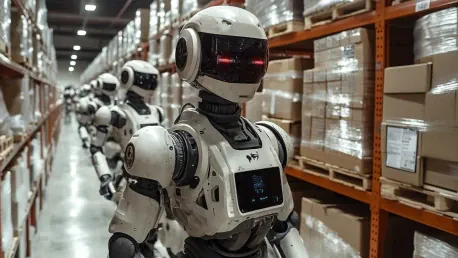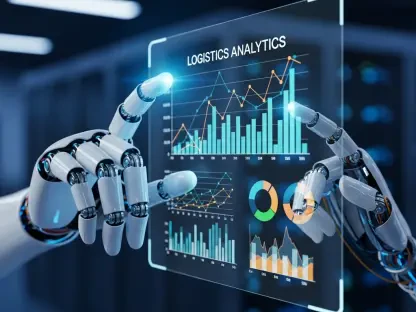In a rapidly evolving technological landscape, where efficiency and productivity are paramount, warehouses are at the forefront of automation. The integration of humanoid robots in human warehouse jobs marks a pivotal shift from being mere experimental curiosities to potential job replacements. One particularly striking example of this transition is the deployment of two bipedal robots, known as Digit and produced by Agility Robotics, in a warehouse located in Georgia and operated by GXO Logistics. These robots are currently tasked with basic duties like moving bins to conveyor belts, yet their human-like design hints at a future where they could undertake more complex assignments.
Versatility of Humanoid Robots
One of the most significant advantages of humanoid robots over traditional purpose-built bots lies in their versatility. Unlike stationary robotic arms or automated systems that are restricted to performing single tasks, humanoid robots can adapt to a variety of roles within a business environment. Adrian Stoch, GXO’s chief automation officer, underscores the potential of these robots to assume multiple responsibilities over the course of a workday. They could unload trailers, pick goods, and load trucks, making them invaluable assets in dynamic settings where operational demands fluctuate.
This adaptability not only enhances operational efficiency but also reduces the need for multiple specialized machines. Moreover, their human-like form allows them to navigate spaces designed for people, making them more compatible with existing infrastructure. The flexibility to take on various tasks adds a layer of resilience to operations, ensuring that workflows remain smooth even when unexpected challenges arise. As businesses strive for greater productivity, the diverse capabilities of humanoid robots position them as the ideal solution for complex and ever-changing environments.
Economic Hurdles and Technological Advances
While the potential of humanoid robots is evident, their adoption comes with significant economic challenges. Advanced robotics technology requires substantial financial investment, and many companies are currently keeping the associated costs under wraps. Jeff Cardenas, CEO of the humanoid robotics startup Apptronik, emphasizes the financial obstacles that businesses face when considering such high-tech solutions. Despite these hurdles, the rapid advances in AI technology are propelling the development and functionality of humanoid robots at an unprecedented pace.
Much of this progress can be attributed to the work of companies like Nvidia, whose advancements in artificial intelligence and large language models are instrumental in enabling the autonomy of these robots. Rev Lebaredian from Nvidia notes that the same technology driving AI innovations is crucial for the operational capabilities of autonomous robots. As AI continues to advance, we can expect humanoid robots to become more sophisticated, further bridging the gap between human and machine capabilities. These technological strides bring us closer to a future where humanoid robots could become commonplace in warehouses, performing tasks with a level of precision and reliability previously unattainable.
The Future of Warehouse Automation
In today’s rapidly changing technological environment, where efficiency and productivity are vital, warehouses are at the forefront of adopting automation. The use of humanoid robots to perform tasks traditionally done by humans signifies a major shift from these robots being mere experimental concepts to potentially replacing human jobs. A notable example of this progression is the introduction of two bipedal robots called Digit, produced by Agility Robotics. These robots are currently being utilized in a warehouse in Georgia operated by GXO Logistics. Their main responsibilities involve simple tasks such as moving bins to conveyor belts. However, their human-like appearance suggests that, in the future, they could be capable of handling more intricate and sophisticated duties. This development indicates a future where the role of robots in warehouses could expand significantly, transforming how operations are conducted and potentially redefining workforce dynamics within the industry.









